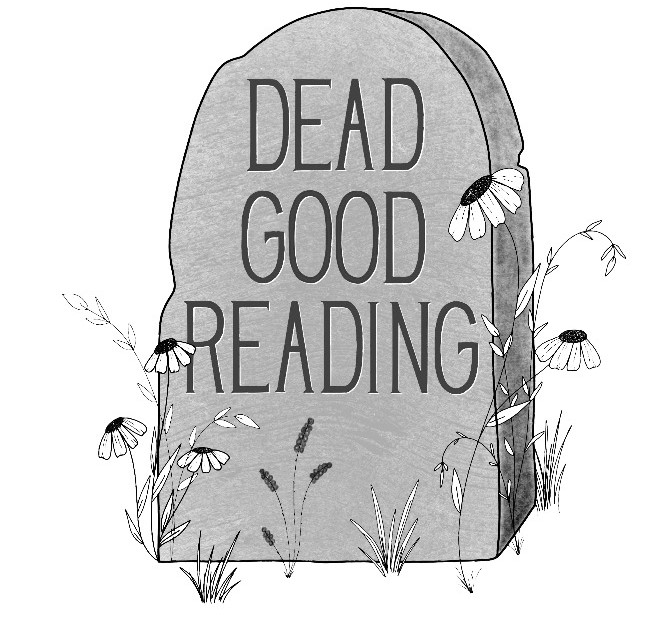There are moments in history that have such an impact that you know exactly where you were at that point in time. 9/11 is one of those moments. For me the tsunami in South East Asia in 2004 is another. Known as the Boxing Day Tsunami, an earthquake in the Indian Ocean subsequently led to a tsunami which destroyed everything in its path. Boxing day 2004, or Second Christmas day, as we call it in the Netherlands, was filled with footage of the destruction caused by a large body of water. Perhaps because Indonesia is a former Dutch colony, coverage of this event lasted a long time, and those images will probably stay with me forever. Prior to this day, I had never heard of tsunamis. Since then, sadly, right-wing Dutch politicians are using this force of nature as a metaphor as they talk about, for example, ‘a tsunami of Islam’ or ‘a tsunami of refugees’. The word tsunami evokes strong images and by using these phrases as a sound bite, they take away the humanity of the people involved.
Given their negative reputation, it is heart-warming to see tsunamis being used in a positive way, as a tool to make sense of grief. A few months ago, I was kindly sent a copy of Surviving the Tsunami of Grief. For the bereaved and those wanting to support them. When it first arrived, I was instantly blown away by the illustrations. Authors Katrina Taee and Wendelien McNicoll use the visual metaphor of a tsunami to explain the experience of grief. These visuals have been beautifully crafted by artist Ruth Thorp.
The book is visually stunning and sparse in words, as the authors note that recently bereaved people might have trouble concentrating. The book is divided in two parts: the first describes the ‘tsunami of grief’ and what can happen when someone is grieving. The second part of the book offers suggestions to those who wish to help someone who is grieving. The book visually and verbally moves through different stages of a tsunami such as the receding sea, the surge of incoming waves, but also the aftermath and needing to rebuild life after the waves. The book is filled with statements, often opposing statements, to highlight that each grieving experience is unique and shaped by the individual experiencing a loss.
Having been recently been bereaved myself, I can confirm that the book does exactly what it sets out to do: whilst I find it difficult to read the actual words in the book, I have found myself staring at the illustrations on multiple occasions. I was moved by the illustrations when I first received the book, but from my own experience I can say that looking at beaches and waves is deeply soothing.
Most of the book is written in the first person. When using the third person, the authors alternate pronouns: ‘I can/can’t hear her voice in my head’, or ‘ I thought I saw him today but it wasn’t him and that plunged me straight back’. I can see this alternation is done with care, yet I personally felt hindered reading ‘him’ when the person I was thinking of was a ‘her’. More importantly, there are people who are neither a him or a her. Therefore, I do hope that the authors in future editions (and yes I think there should be many editions of this book) change to gender neutral pronouns. This would make the book even more accessible and inclusive for a diverse population of grievers.
This book is a great non-intrusive way to start thinking about grief and bereavement. It would be a perfect addition to waiting rooms; I can picture people waiting at the doctor’s office, dentist, hairdresser, etc. casually picking this up and having a browse. Equally this could serve as a beautiful coffee table book in any household. Hopefully it will foster opportunities for both individual reflection as well as collective conversations about experiences of grief.
You can order your own copy of Surviving the Tsunami of Grief here. If you are interested in Ruth Thorp’s artwork visit her Etsy Page.


Leave a Reply